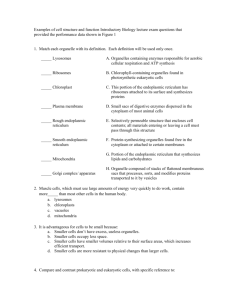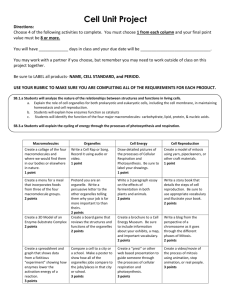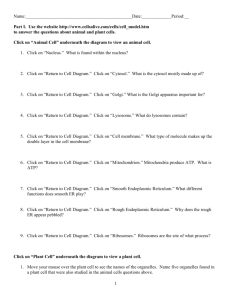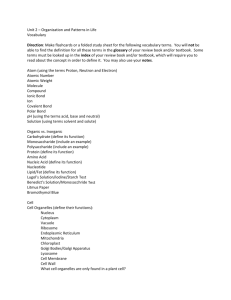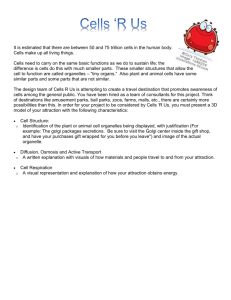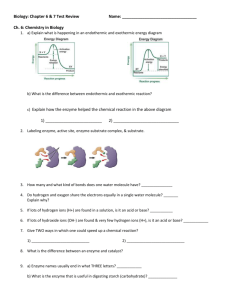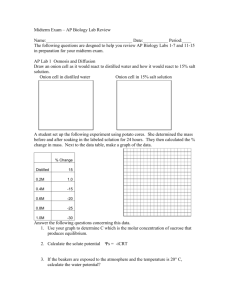biology midterm review - Pleasantville High School
advertisement
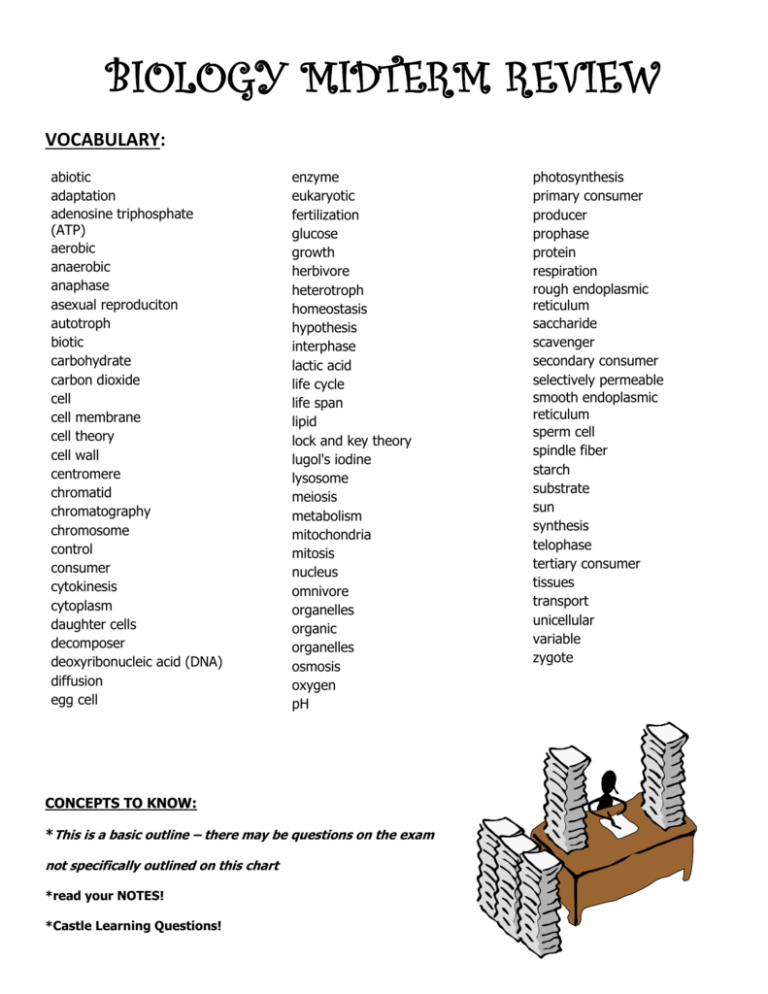
BIOLOGY MIDTERM REVIEW VOCABULARY: abiotic adaptation adenosine triphosphate (ATP) aerobic anaerobic anaphase asexual reproduciton autotroph biotic carbohydrate carbon dioxide cell cell membrane cell theory cell wall centromere chromatid chromatography chromosome control consumer cytokinesis cytoplasm daughter cells decomposer deoxyribonucleic acid (DNA) diffusion egg cell enzyme eukaryotic fertilization glucose growth herbivore heterotroph homeostasis hypothesis interphase lactic acid life cycle life span lipid lock and key theory lugol's iodine lysosome meiosis metabolism mitochondria mitosis nucleus omnivore organelles organic organelles osmosis oxygen pH CONCEPTS TO KNOW: *This is a basic outline – there may be questions on the exam not specifically outlined on this chart *read your NOTES! *Castle Learning Questions! photosynthesis primary consumer producer prophase protein respiration rough endoplasmic reticulum saccharide scavenger secondary consumer selectively permeable smooth endoplasmic reticulum sperm cell spindle fiber starch substrate sun synthesis telophase tertiary consumer tissues transport unicellular variable zygote LAB/SAFTEY/CALCULATIONS know safety precautions for lab activities cell diffusion lab – why we did it, what it means how to organize data into a table how to make a line graph from data label the axes of the graph interpret data from a table read measurement from a ruler or thermometer iodine tests for starch, methylene blue is a cell stain know units of measurement for science – mm, cm, mL, C° CELLS PHOTOSYNTHESIS/RESPIRATION be able to recognize the equations for both where do they take place specifically chloroplasts (grana) what are the products in each reaction what are the reactants in each reaction which reaction creates ATP which reaction requires intake of light how are the two reactions dependent on each other which reaction makes glucose which gives off oxygen to the atmosphere aerobic vs. anaerobic respiration lactic acid production INTRO GENETICS/CELL DIVISION male chromosomes XY, female XX humans have 23 chromosomes (n) in a sex cell/gamete (sperm/egg), and 43 (2n) in an autosome (any body cell) know steps of mitosis/meiosis and the end products Eukaryotes – have nucleus, prokaryotes don’t able to identify animal cell/plant cell organelles found in animal cells, vs. plant cells function of cellular organelles how cells copy themselves cells tissues organs organ systems parts of the cell theory selective permeability – what can get in & out what happens to cells in distilled water vs. salt water LIFE PROCESSES allow the organism to live and survive in the environment MRS STRANGER – know the processes and what they do/are Movement Respiration Synthesis Sensitivity Transport Reproduction Adaptation Nutrition Growth Excretion Regulation All of these working together = metabolism Try to maintain balance, homeostasis ex: sweat when warm to cool body ENERGY FLOW IN ECOSYSTEMS species population community ecosystem sun = energy for whole ecosystem food web, shows more interactions than food chain autotroph vs. heterotroph producer vs. consumer levels of consumers abiotic vs. biotic factors BIOCHEMISTRY chemical reactions occur in your body to keep it functioning properly states of matter physical change / chemical change parts of an atom: proton, neutron, electron organic vs. inorganic compounds atoms elements compounds properties of and examples of: carbohydrates, lipids, proteins, amino acids enzymes – what are they and how do they work? enzyme – substrate complex like lock and key factors affecting enzyme action – temp., amount of enzyme, pH


